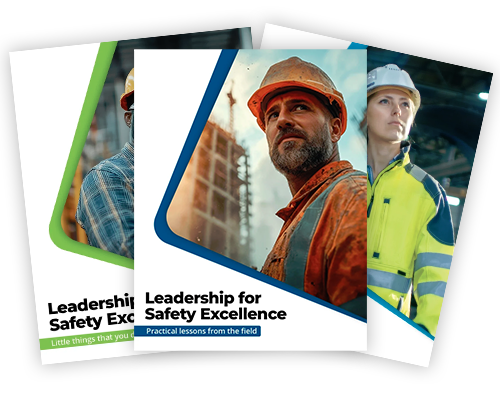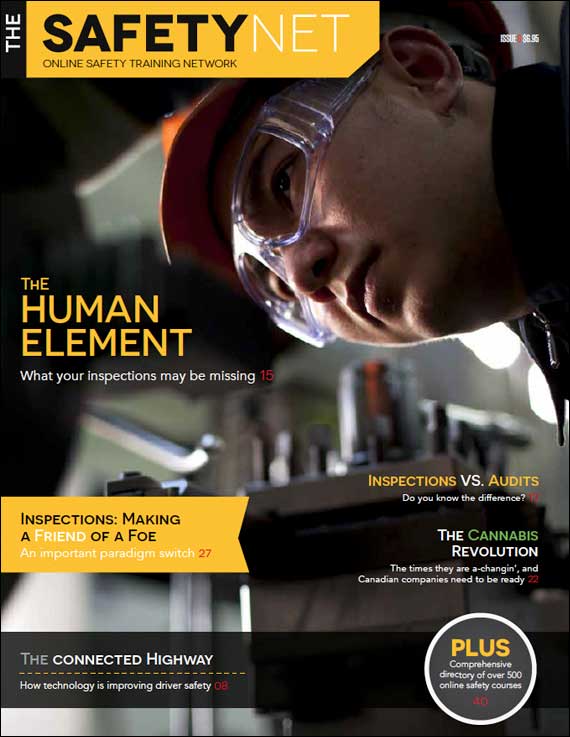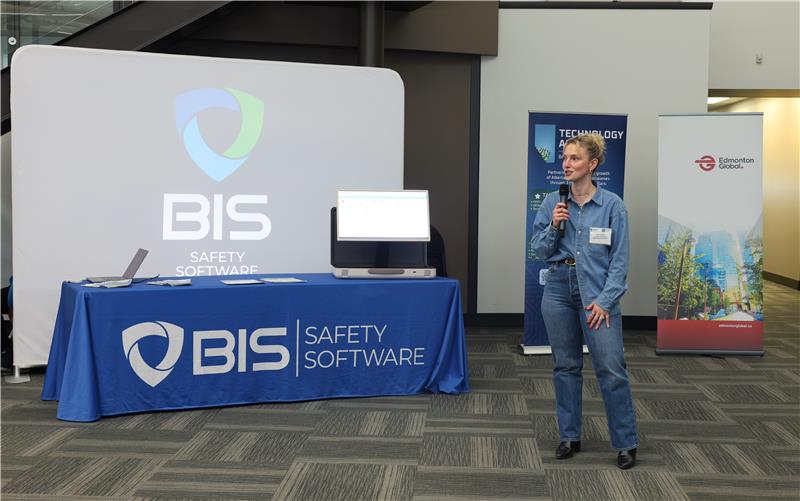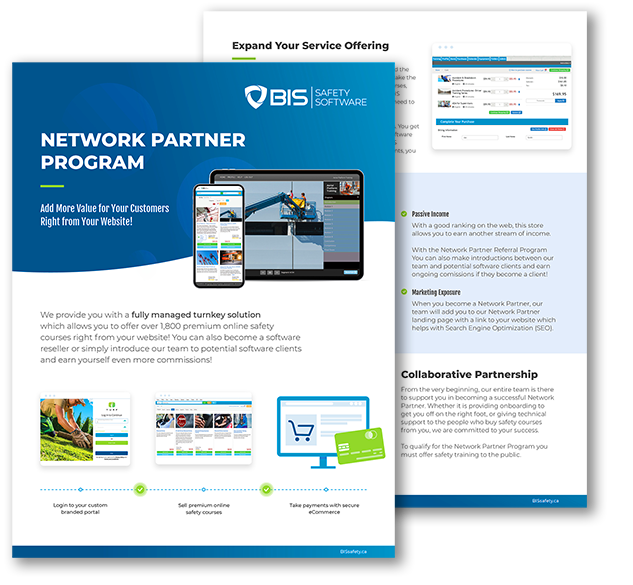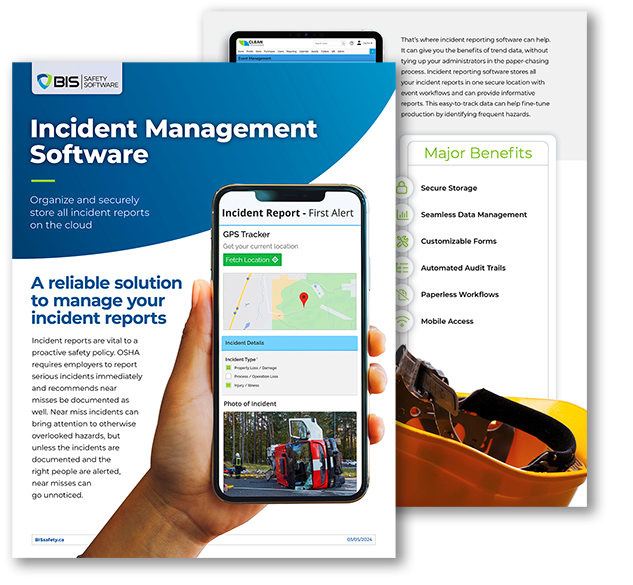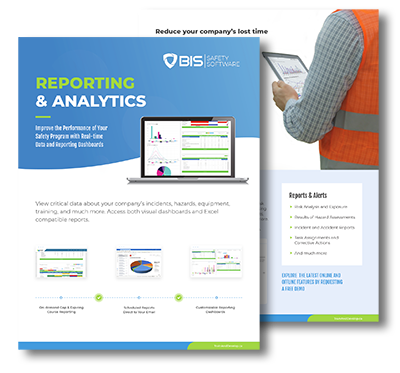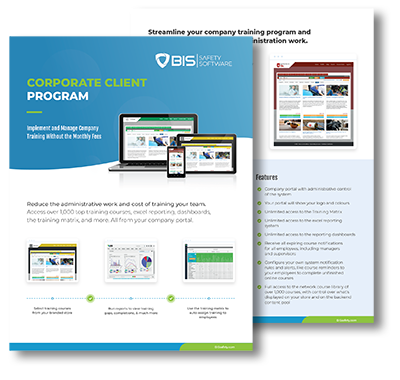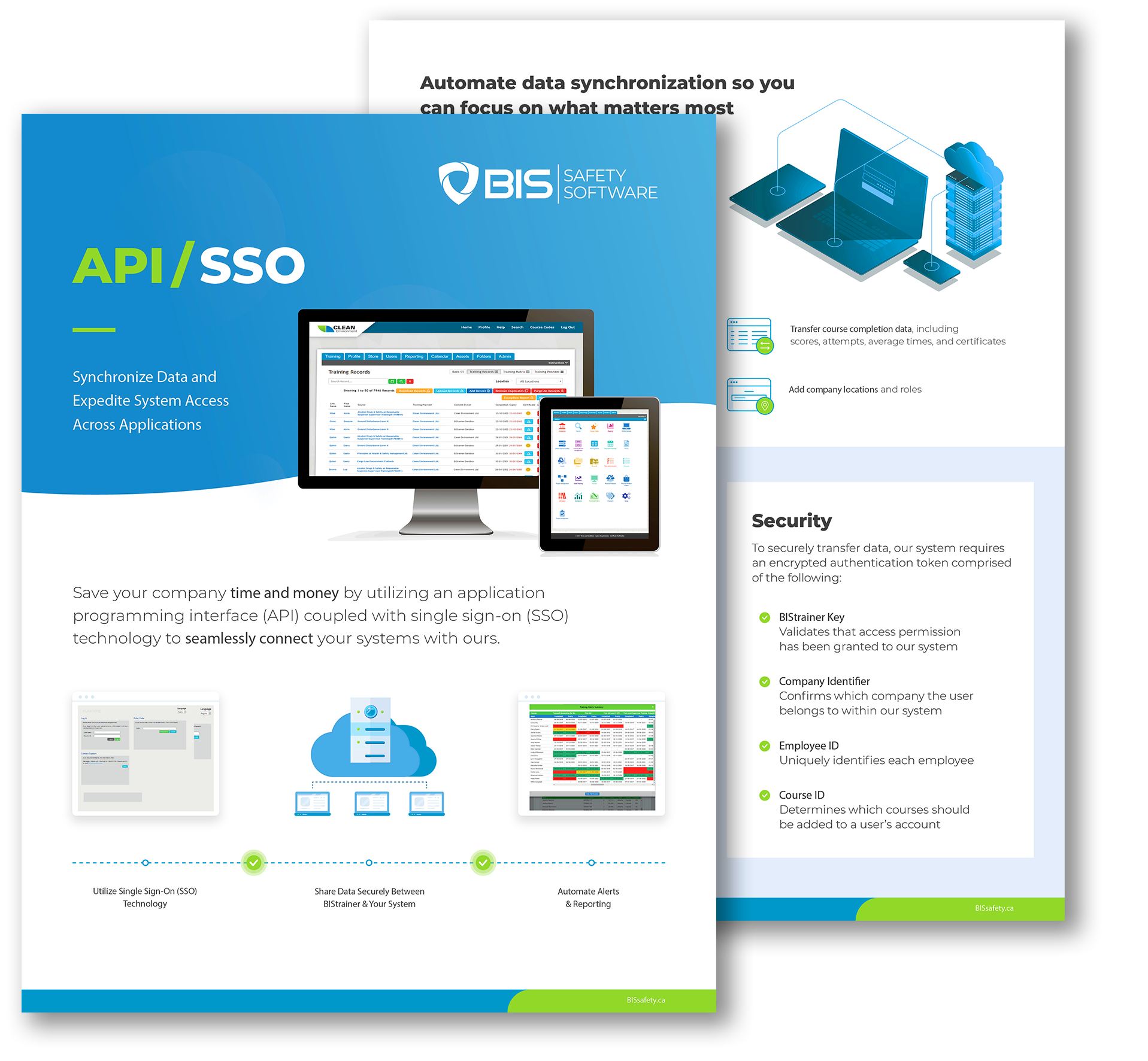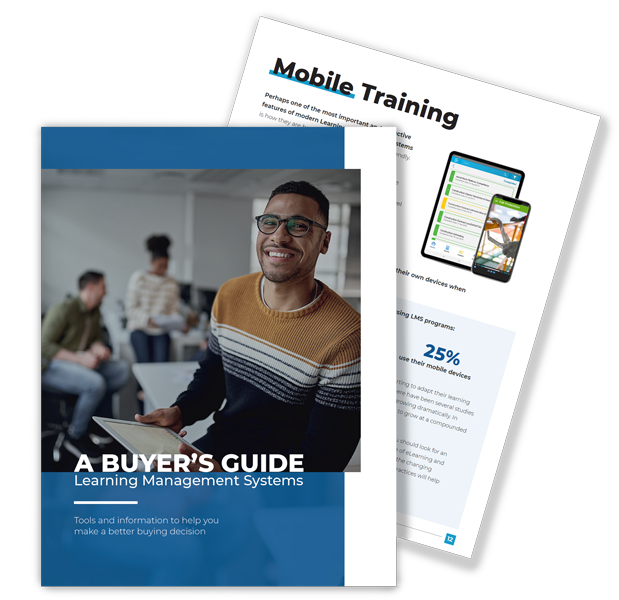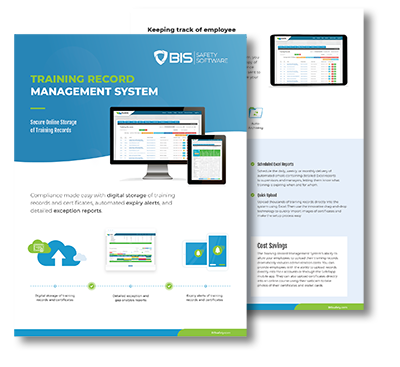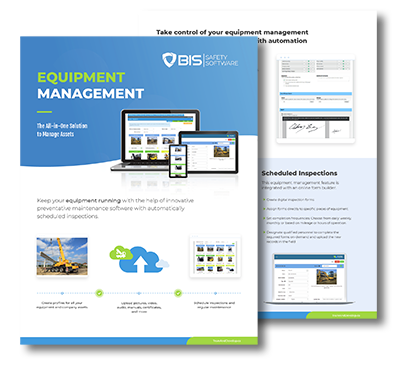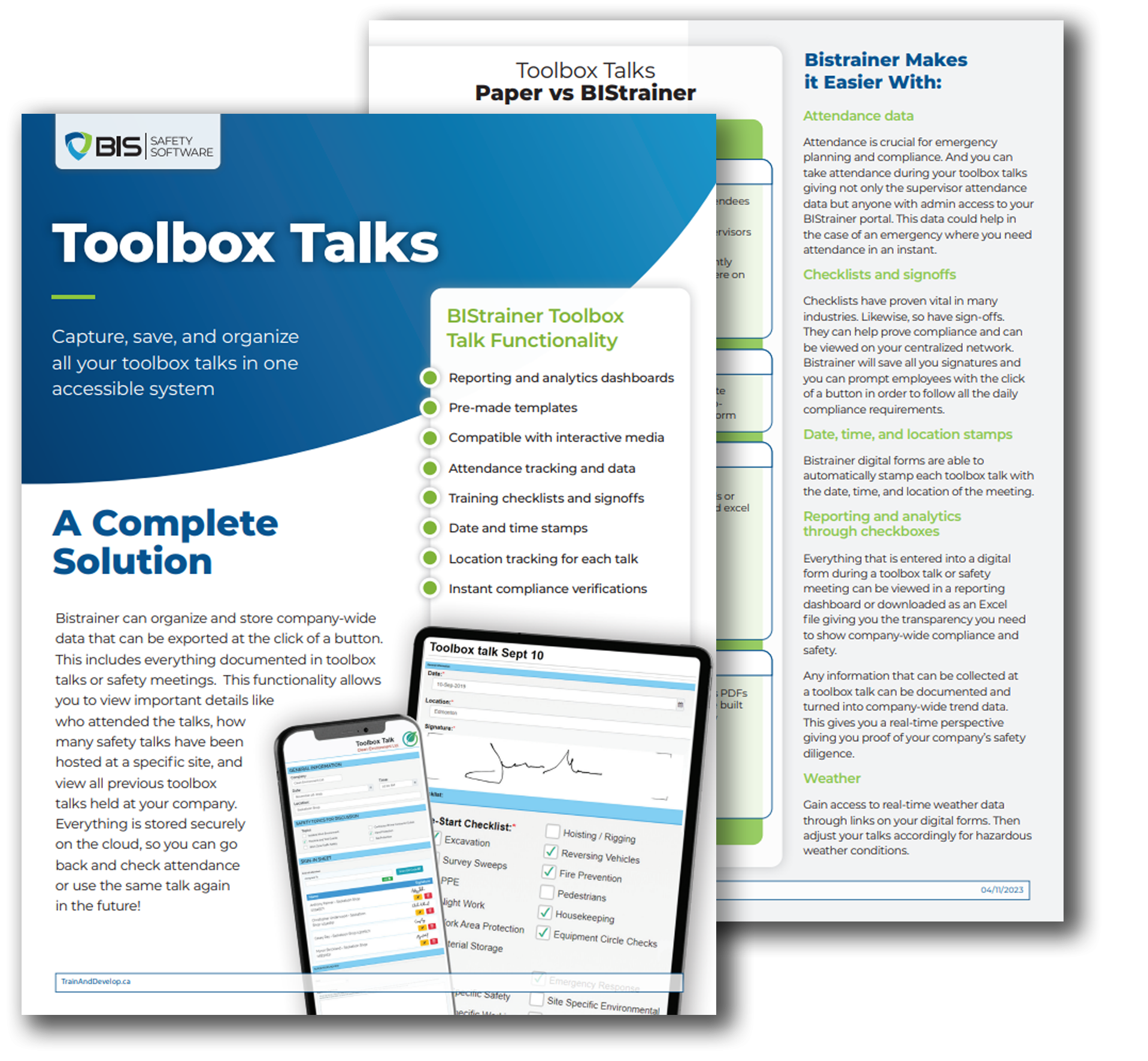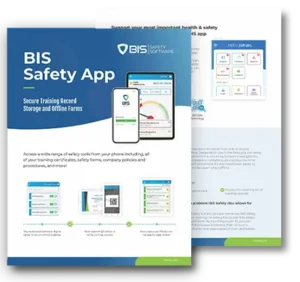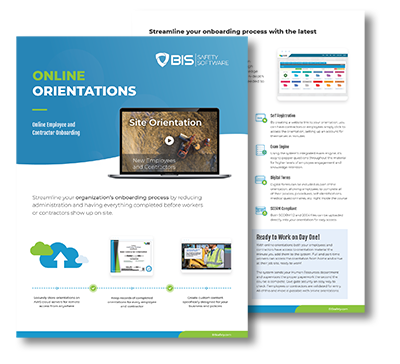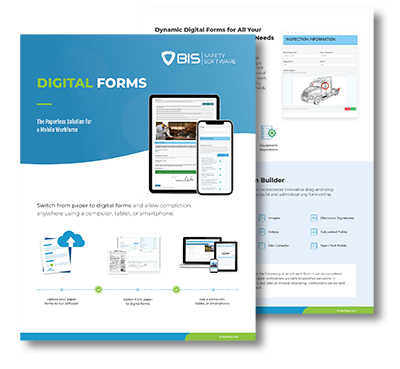Target Leadership – Lessons From the Cockpit: Why Culture Eats Checklists for Breakfast

Jeff “Odie” Espenship talks the break-neck possibilities and pitfalls of the AI Era.
Smart Vests and Safety Helmets That Think: The Wearables Reshaping Jobsite Safety

The Promise (and Limits) of Predictive Safety Analytics
MyZone AI – Future-Proof or Fall Behind: Mike Schwarz on AI’s Tectonic Shift in Business & Safety

Mike Schwarz talks the break-neck possibilities and pitfalls of the AI Era.
Can AI Really Predict Accidents?

The Promise (and Limits) of Predictive Safety Analytics
Autonomous Trucks and the Future of Freight

You can log every incident. Chart every trend. Build dashboards so advanced they could pass for cockpit controls. But here’s the truth: you can’t chart trust. You can’t measure how safe someone feels bringing up a concern. And if your crew doesn’t feel supported, those carefully tracked numbers won’t mean much.
Spencer Speaks Inc – In Case of Fire: Spencer Beach on Hard Lessons and Safer Futures

Spencer Beach discusses the emotional and cultural underpinnings that separate average safety programs from truly effective ones of Watch now on YouTube.
This Is Not a Drill: Stories of Real Danger and the People Who Saw It Coming

Whether it’s military zones or municipal job sites, the truth is the same: The people who survive are the ones who saw it coming. Because they practiced. They planned. They repeated the boring stuff until it became instinct.
Leading with the Heart in a World Obsessed with Metrics

You can log every incident. Chart every trend. Build dashboards so advanced they could pass for cockpit controls. But here’s the truth: you can’t chart trust. You can’t measure how safe someone feels bringing up a concern. And if your crew doesn’t feel supported, those carefully tracked numbers won’t mean much.
Scott Lyall’s Safety Storytelling: Bringing Humanity to High-Tech Workplaces

Scott Lyall transforms traditional safety training by blending storytelling with scalable technology, creating buy-in, boosting engagement, and turning compliance into culture, He champions “omni-training” for today’s learners, infusing humanity into safety protocols, and aligning safety with company-wide efficiency.
From Paper to Prediction: Embracing Real-Time Safety Data
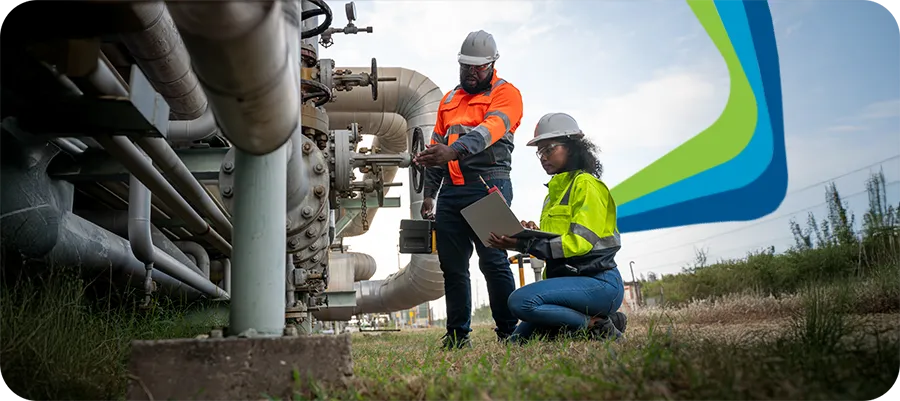
Explore how outdated, paper-based safety practices put workers at risk, how real-time data empowers proactive prevention, and why predictive systems are the future of workplace safety.



